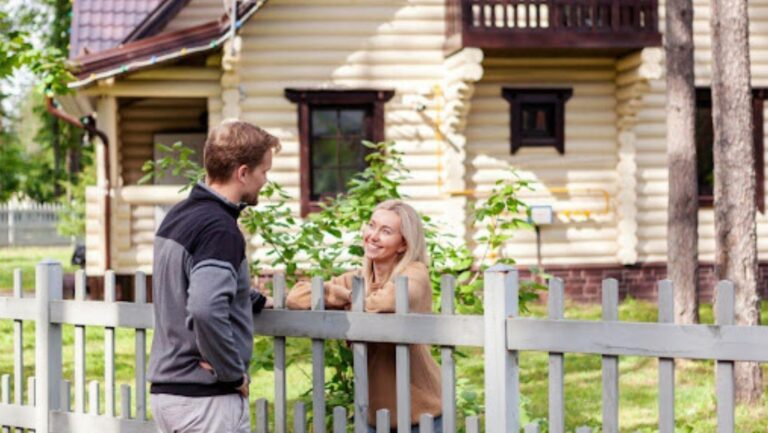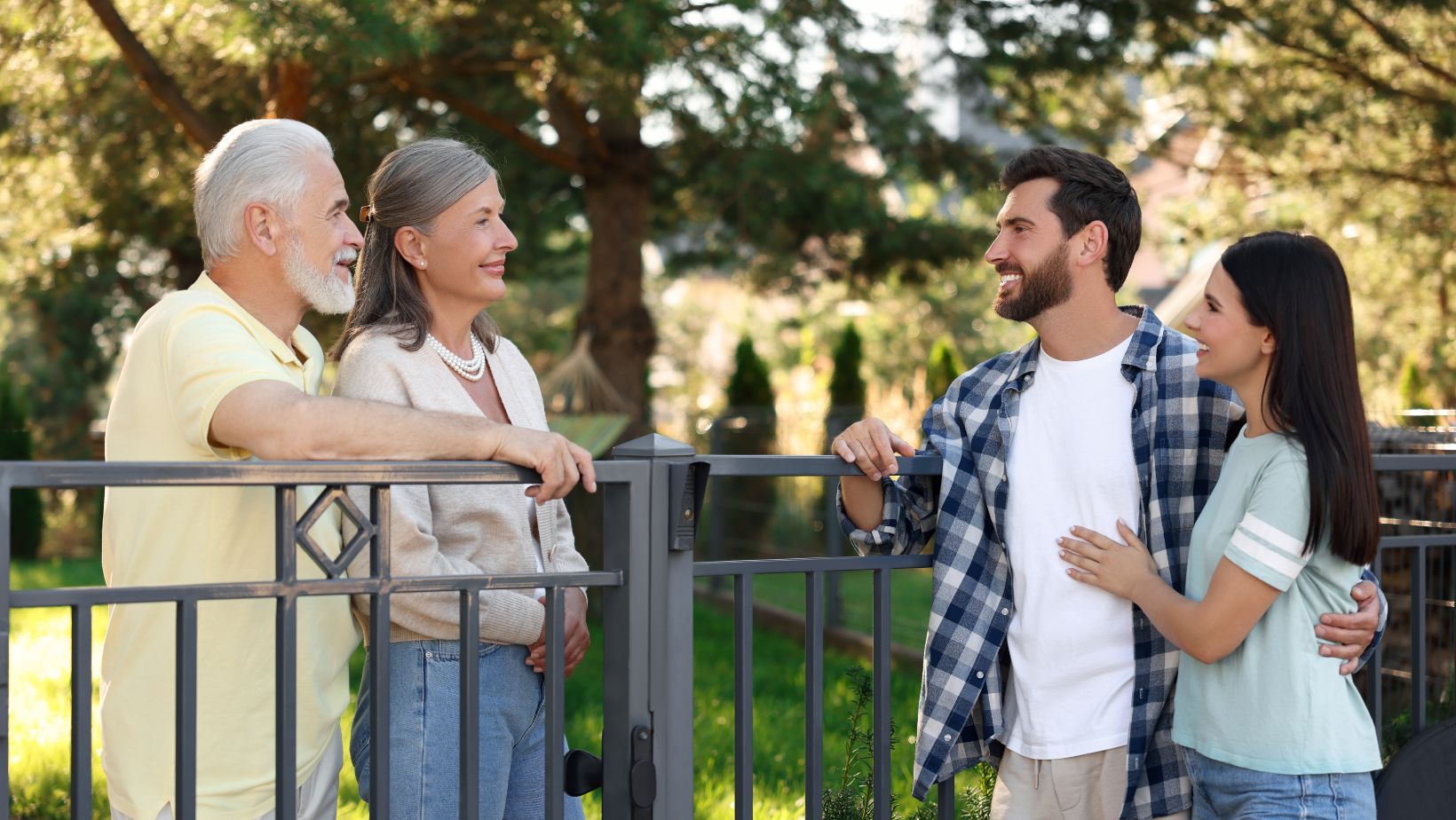Whether purchasing or renting a property, moving into a new neighborhood can be quite an exciting phase. You might decide to explore new locations or opt for an area you already know. However, both come with lots of safety concerns, and this is why you want to make sure you carry out proper checks before making a decision.
When it comes to a city like Tampa, which is home to almost 4 million people, the safety of a neighborhood increases the likelihood of people moving in. A safe neighborhood can significantly impact various aspects of one’s life. Though there has been a significant drop in the crime rates of Tampa in 2025, it is always best to check the level of safety of a neighborhood before you decide to move there.
Here, you will find practical tips on how to check on the safest neighborhoods in Tampa.
5 Ways to Check If a Neighborhood Is Safe to Move In
When it comes to residence, everyone has various perspectives on how their neighborhoods should look, such as high-quality schools, nearby malls, restaurants, tree-lined streets, and more. Let’s find out how to check the safety of a neighborhood before you or your loved one moves in.
Research Crime Statistics
Technology has made researching crime rates in any area very easy today. Before you decide to move into any neighborhood, you can carry out research via the following ways:
- Visit the local police website for the crime information of that area.
- Compare the crime rate with nearby locations.
- Observe the crime patterns, whether there are frequent burglaries, thefts, or non-violent crimes.
Visit the Neighborhood at Different Times
Visiting the neighborhood you intend to move into at different times will help you observe the activities that go on there in the morning, afternoon, or night. This range of activities might include the lighting, type of crowd, noise levels, and more.
Participating in the community programs isn’t such a bad idea, as it will give you knowledge of how things work in the neighborhood. Also, you can walk alone in the neighborhood and pay attention to how safe you feel.
Talk to Current Residents
You can engage with the current residents or the local shop owners in the neighborhood on the safety concerns of the area to get honest feedback. Their information might become invaluable in knowing if the area is safe or not.
Check Online Reviews and Community Groups
You can browse online reviews from various community groups on social media platforms, where you can read comments about security issues, positive community involvement, and suspicious activity in your new neighborhood.
Evaluate Neighborhood Infrastructure
You can evaluate the new area by taking a look at its infrastructure, such as checking for:
- Security cameras that can deter crime and increase safety.
- Street lighting, ensuring the roads and sidewalks are well-lit at night.
- Schools, parks, and family-friendly areas, which indicate a neighborhood suitable for children and community activities.
- Poorly maintained areas, such as damaged roads, vacant properties, or neglected public spaces, which may signal underlying issues.
This will help you decide if such an area is a safe haven for you to move into or not.
Recap of Main Points
- Research neighborhood crime statistics by using police websites and other online platforms.
- Visit the area at different times of day to observe lighting, crowd types, noise levels, and overall atmosphere.
- Talk to current residents and shop owners for honest, firsthand insights into safety concerns.
- Check online reviews and community groups for feedback on crime, security, and community involvement.
- Evaluate neighborhood infrastructure, including security cameras, street lighting, schools, parks, and overall maintenance.


